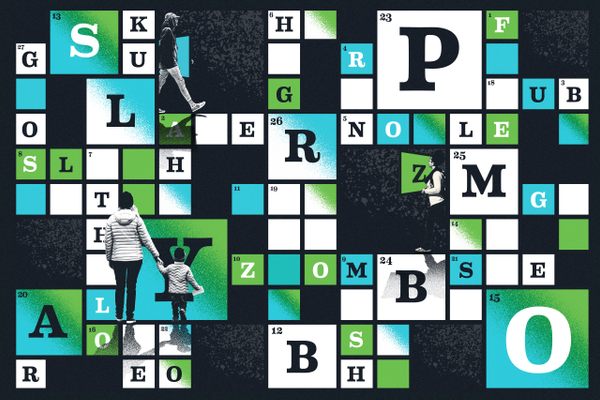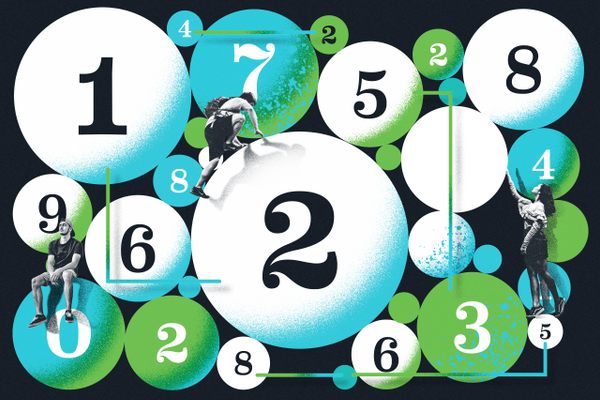
Puzzle Monday: A Different Way to Paint by Number
Editor’s Note, November 2024: Thanks for checking out our puzzle archive! While the online version of this puzzle is no longer interactive, we suggest downloading the PDF, available below. You can find other archived puzzle PDFs available for download here.
Among our crosswords and other puzzles, we’ll be featuring logic challenges from Puzzle Communication Nikoli, a cult-favorite puzzle publication from Japan. A PDF of the puzzle, as well as the solution, can be downloaded below.
While most of the challenges in Puzzle Communication Nikoli are logical and abstracted, there are a few in which there is a satisfying pictorial solution. One is Tentai Show, and Atlas Obscura favorite that was the first Nikoli puzzle we highlighted when we kicked off our puzzle column a year ago. Others include Picto Maze, in which the path from one end to the other creates a picture, and Illustration Logic, which is actually an import from the United States, often better known as Picross or nonograms. But neither of those were created by readers of the influential Japanese puzzle magazine. Tilepaint, on the other hand, is an original, in more ways than one.

It was created in 1995 by reader Oboke Yanmar, whose pen name translates to something like “an insufferable fool” in English. Oboke Yanmar liked nonograms, and was eager to solve them whenever they appeared in the magazine. However, the size and shape of Puzzle Communication Nikoli has always been a problem for these puzzles. From the very beginning, the magazine has been long (10.11 inches) and narrow (5.82 inches). It was designed to be easily handled during a commute, say when one was on a train, but nonograms are wide, with long rows of numbers on the side. If Puzzle Communication Nikoli had been a more normal size, Tilepaint might not exist at all.

Oboke Yanmar said that he likes to draw and solve puzzles, but he is no good at making them, according to Nikoli president and puzzle creator Yoshinao Anpuku. He submitted just one example of Tilepaint—Nikoli staff and readers took it from there. It’s grown in popularity since, and there’s no puzzle in Puzzle Communication Nikoli quite like it—both because it was born from the size of the magazine, and because its creator made just a single example to show its potential.
The goal of this puzzle is to fill in cells to create a recognizable image. Each area enclosed by bold lines is a “tile,” made up of a number of cells. You must fill in the cells of some tiles according to the following rules:

- The numbers in the cells with diagonal lines indicate the number of filled cells that will be below or to the right of that cell.
- If a number appears on the left side of one of these cells, it indicates how many filled cells there will be in the column below the numbered cell (before the edge of the puzzle or the next numbered cell).
- If a number appears on the right side of one of these cells, it indicates how many filled cells there will be in the row to the right of the numbered cell (before the edge of the puzzle or the next numbered cell).
- All of the cells in a given “tile,” or outlined area, must be either all filled or not filled.
Solve puzzle number 3 for an Atlas Obscura surprise!

Stumped? Download the solutions!









Follow us on Twitter to get the latest on the world's hidden wonders.
Like us on Facebook to get the latest on the world's hidden wonders.
Follow us on Twitter Like us on Facebook